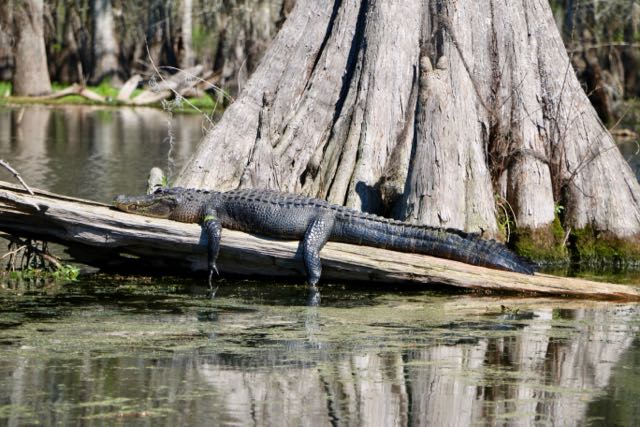We’ve traveled in our RV to New Orleans twice before, and each time the highway takes us through the bayou, we dream of being on a boat getting up close and personal with the creatures that inhabit the murky water, and moss covered trees.
Well, today was our lucky day. After a little research and asking the locals, we settled on Cajun Country Swamp Tours. According to their website, their goal is to provide their guests with “eco-swamp tours that are done with as little environmental impact as possible through a beautiful surreal cypress/tupelo swamp that is sure to charm and excite your imagination.” Our guide, Bob, was very knowledgeable, and entertaining. Their website best describes our tour, “aboard open swamp people boats (crawfish skiffs) that are designed to get us into the heart of the swamp.” “The tour area, Cypress Island/Lake Martin Swamp, near Lafayette, is famous for its impressive scenic beauty and wildlife. Alligators, egrets, herons, bayous, ancient cypress trees covered with Spanish moss and more of what you envision a Louisiana swamp to be are waiting for you on Cajun Country Swamp Tours.”
We were not disappointed! As a matter of fact, we were enchanted. In the couple of hours we spent on the boat, Bob made sure we saw, and more importantly, understood the delicate life of a swamp.
We learned that the cypress trees are easy to spot because of their skirted bottoms. We found out that the ebb and flow is vital to bring new silt to the cypress trees, and without it they would drown. Back in the day, channels were cut through the bayou to make travel easier, and those very channels disrupted the ecosystem so badly they almost decimated the swamp beyond recovery.
We were told of the mindless jerks that try to get to the rookeries and light explosives to shake up all the birds at once, not realizing that once the birds feel threatened, they will never return and raise their young in their perfect environment. Thankfully, many of the largest rookeries are now fiercely protected.
We discovered that alligators have to have sun to digest their food, and their bumpy backs are like solar panels to deliver what they need. This is why we see so many of them sunning themselves, either on logs, or floating just above the water’s surface. Without sunlight, a gator would starve to death.
We glided past some of the turtles that populate the area, sunning themselves on their favorite logs.
We marveled at all we saw. If given the chance, I highly recommend taking a tour, and taking it with Cajun Country Swamp Tours.
I narrowed down my photo selection as best I could, but I have too many favorites to post only a few. Come to think of it, if you’ve read this post all the way through, the least I could do is reward you with lots of pics!
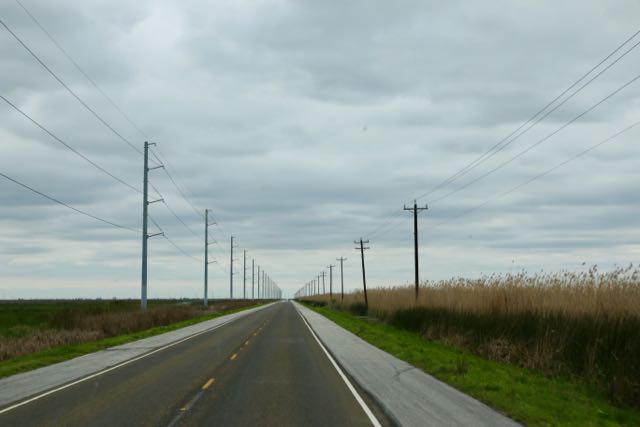
The wide open road off the ferry.
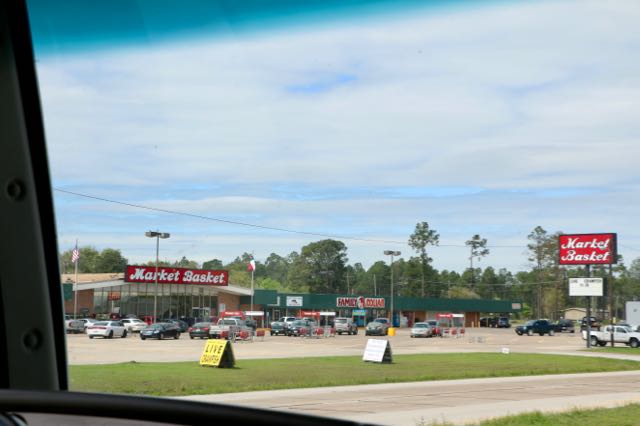
Wait! They still exist? I thought Market Basket disappeared years ago!
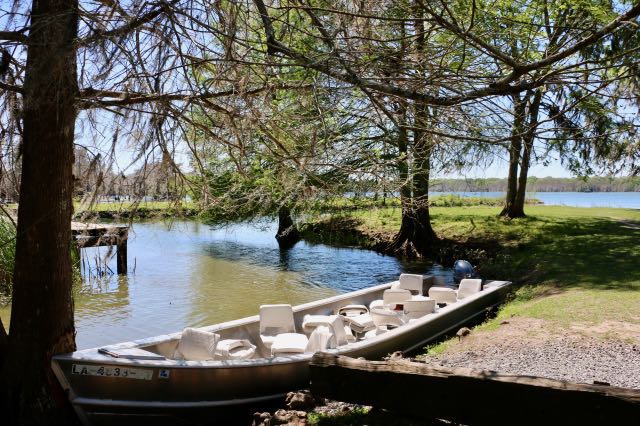
Our tour boat, a Cajun crawfish skiff.
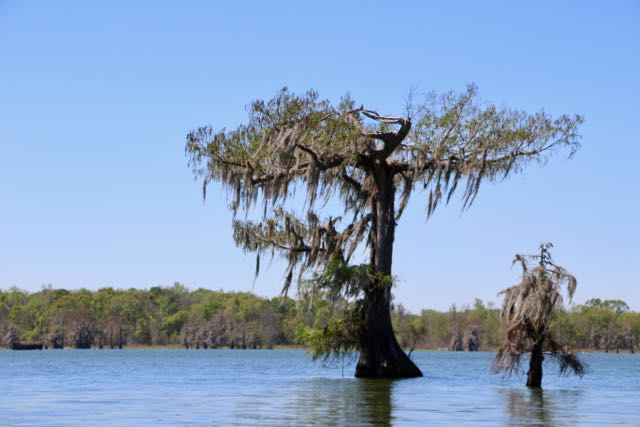
Cypress tree covered in Spanish moss.

First turtle we spotted, in front of a Tupelo tree.
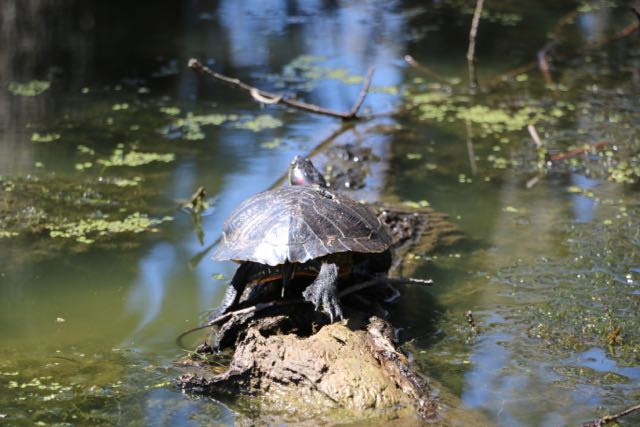
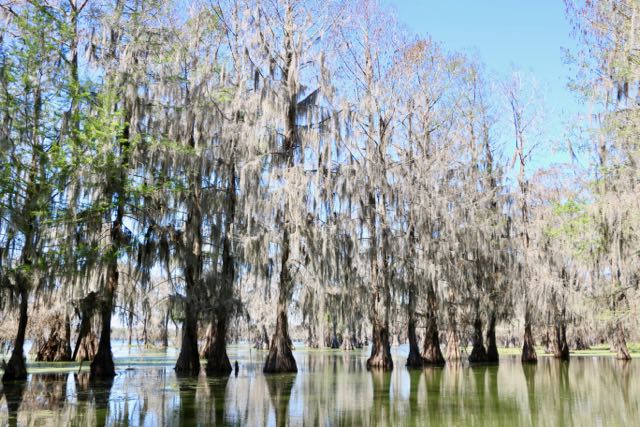
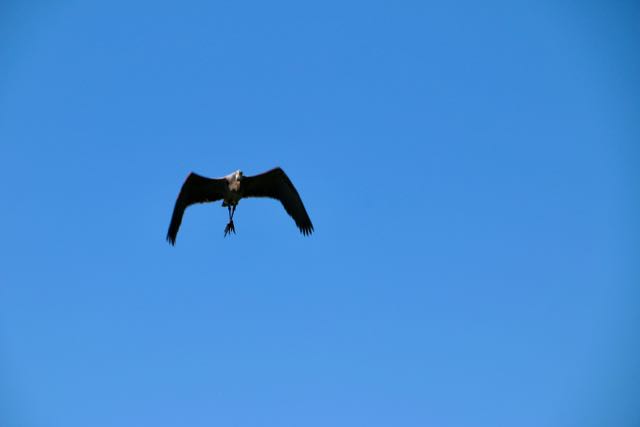
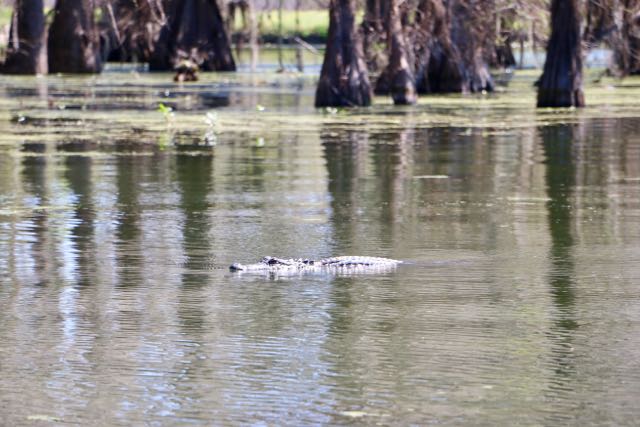
First gator sighting.
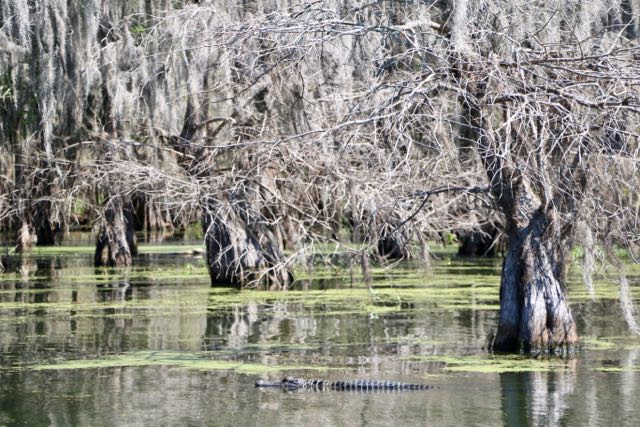
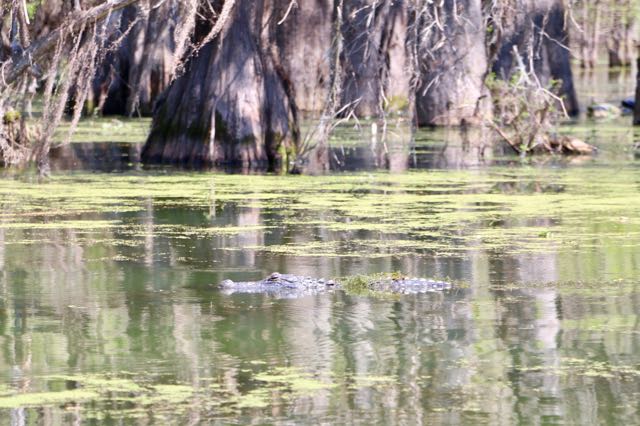
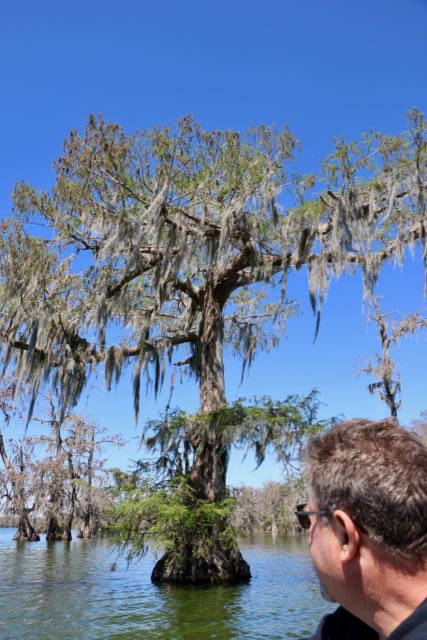
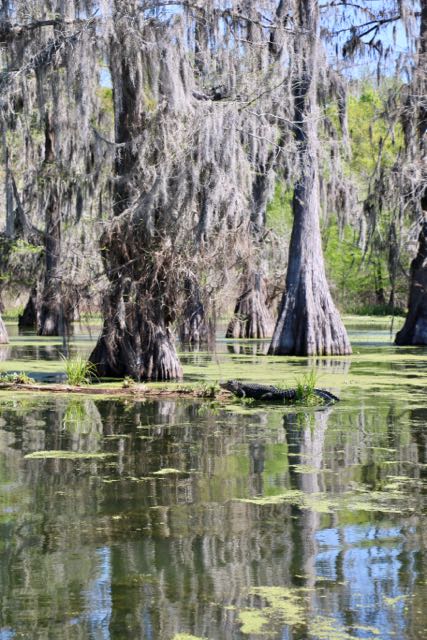
Another gator!
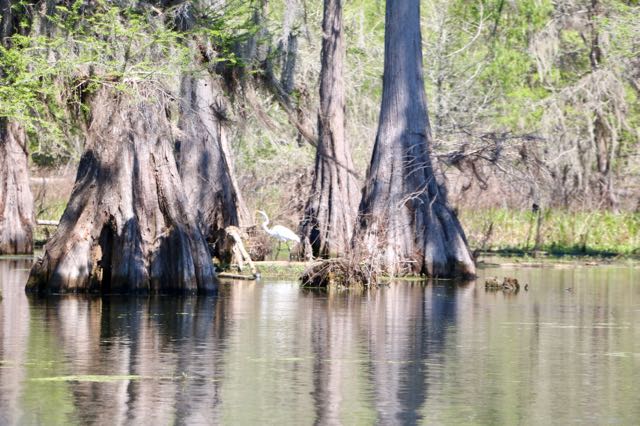
A great white heron.
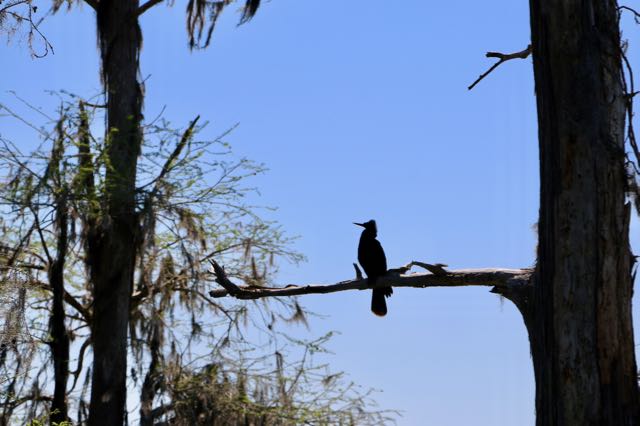
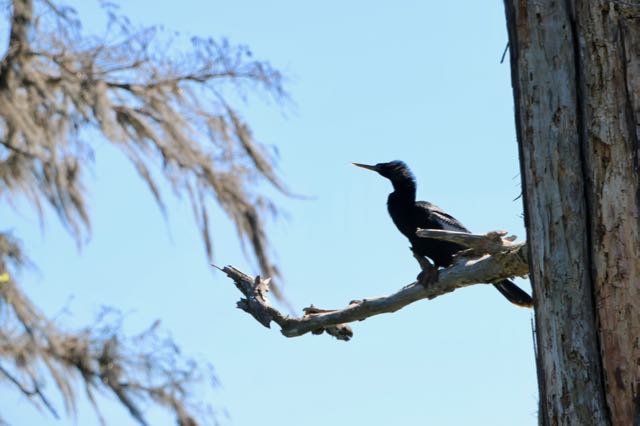
I hope this guy isn’t the one that makes an appearance further down this page…
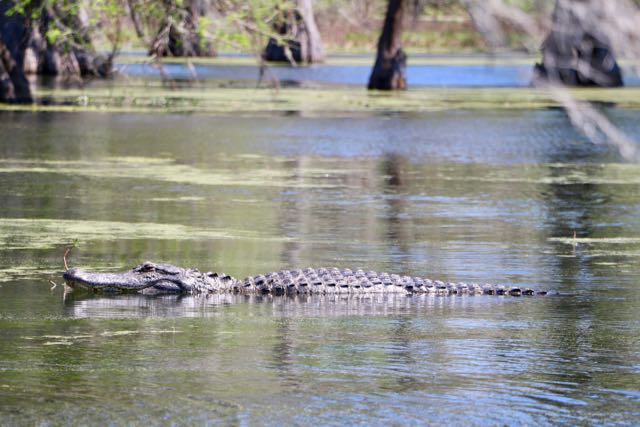
Gator sunning herself, filling up her reserves. How do I know it’s a female? Easy. Bob told me.
Our guide actually said this area is where the females gather to raise their young, so most likely this one’s a female.
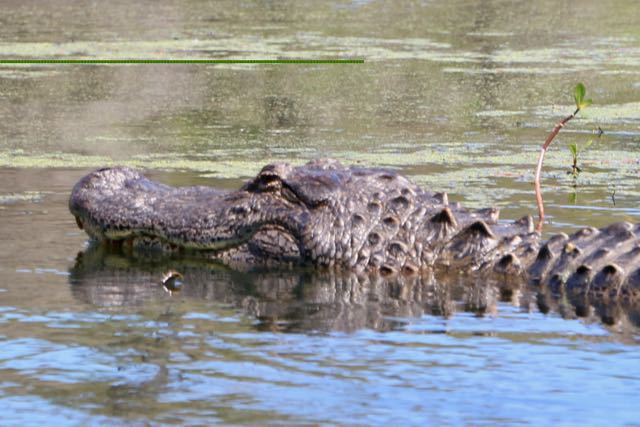
Never smile at a crocodile… But what about gators?
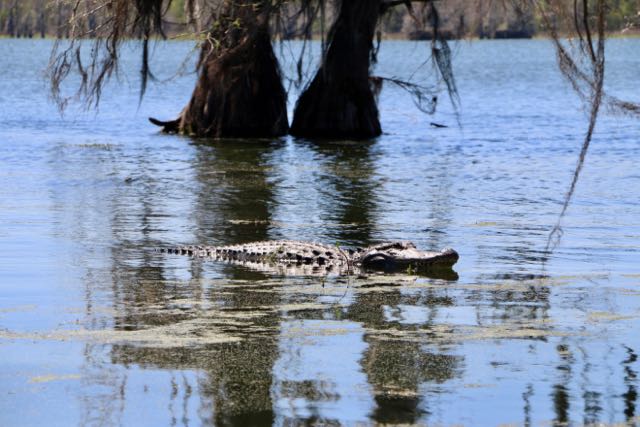
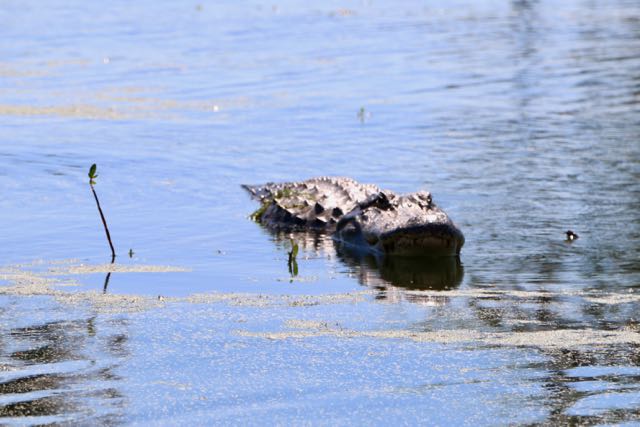
Uhhh, that’s close enough, there, buddy.
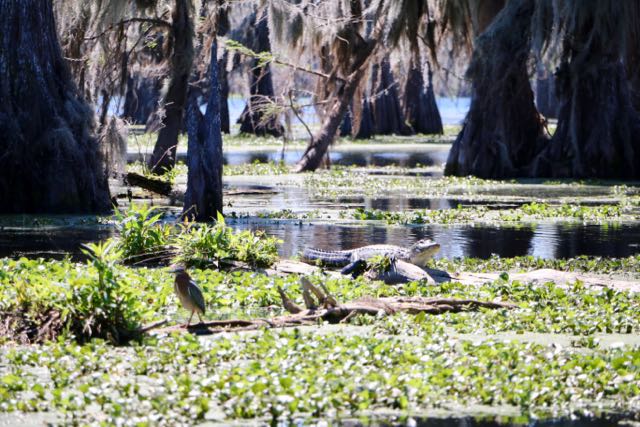
A wee bit close, little birdie, look behind you!
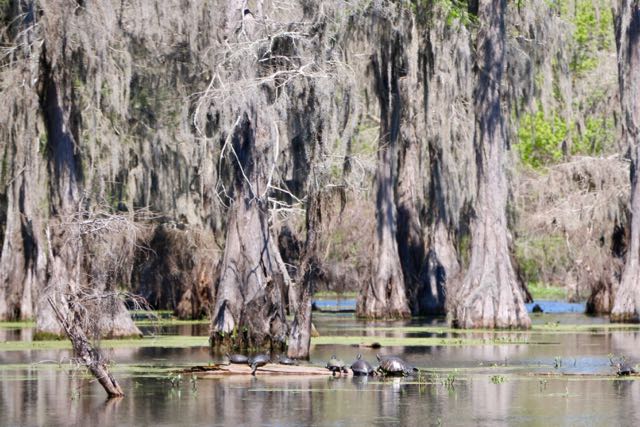
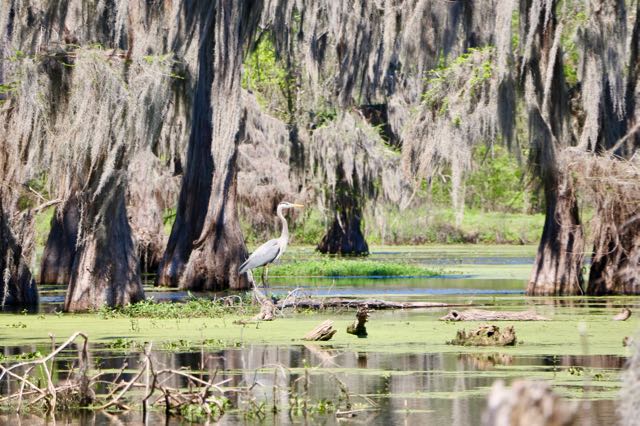
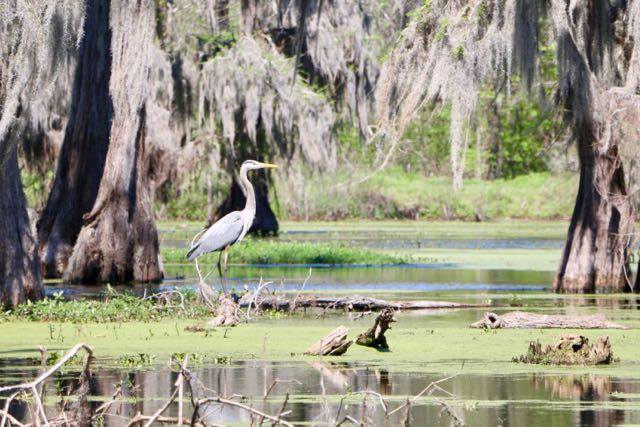
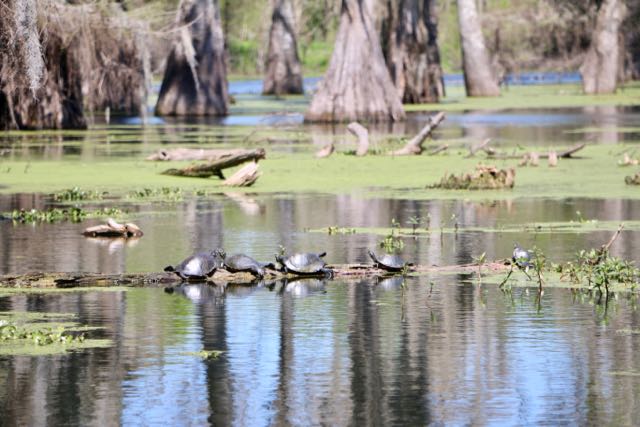
5 little turtles…
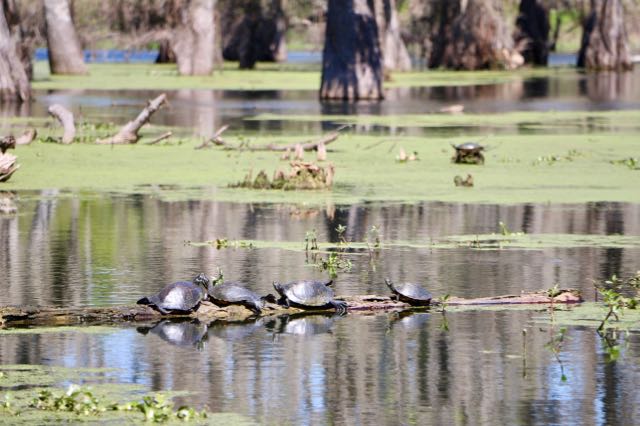
And then there were four, sploosh!
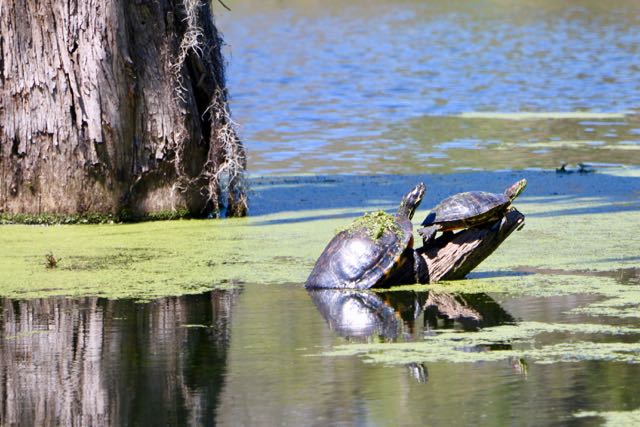
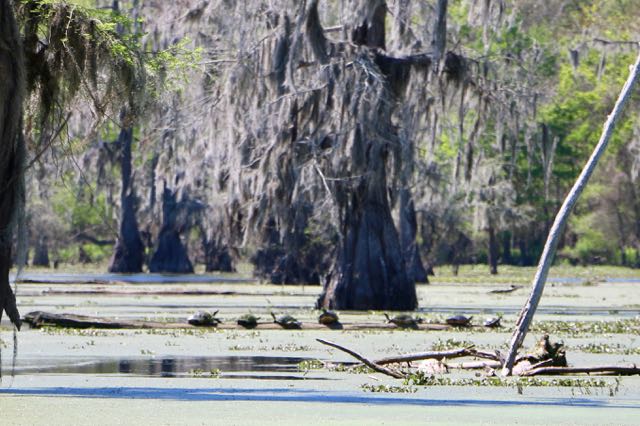
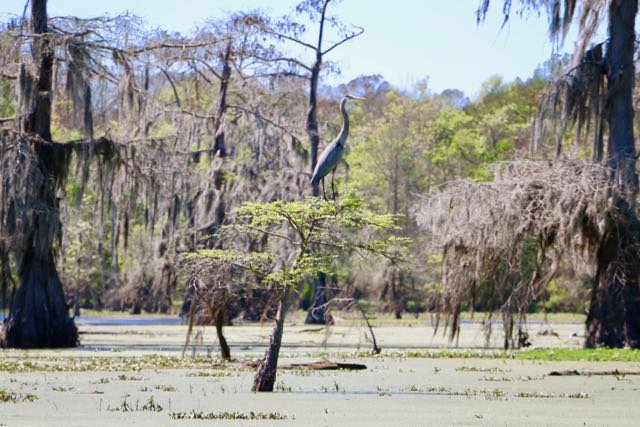
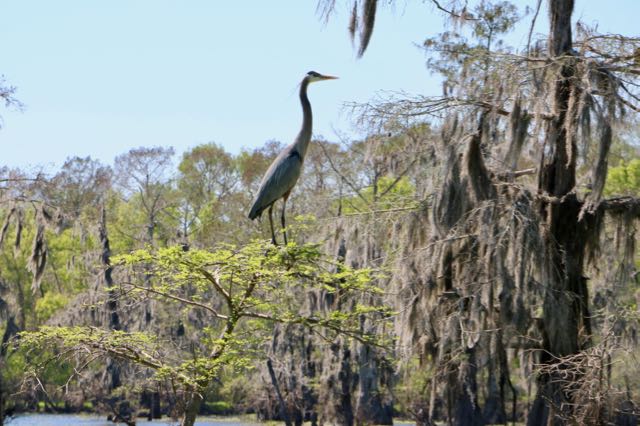
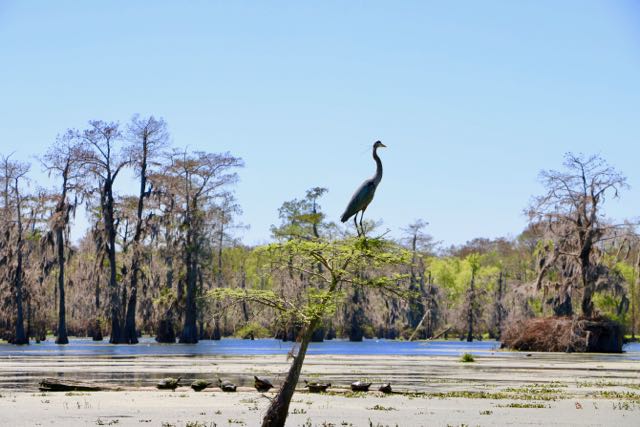
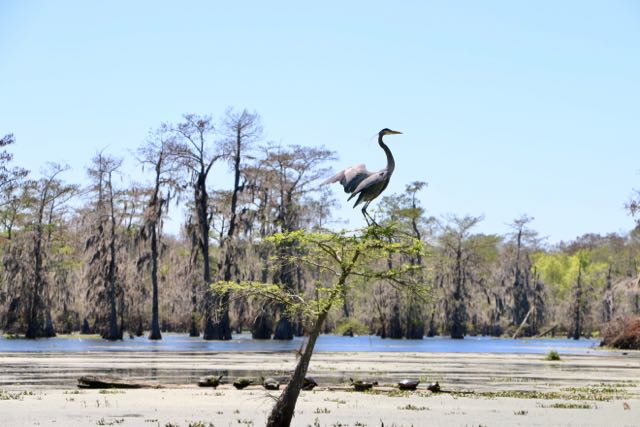
Getting ready to leave the turtles behind.
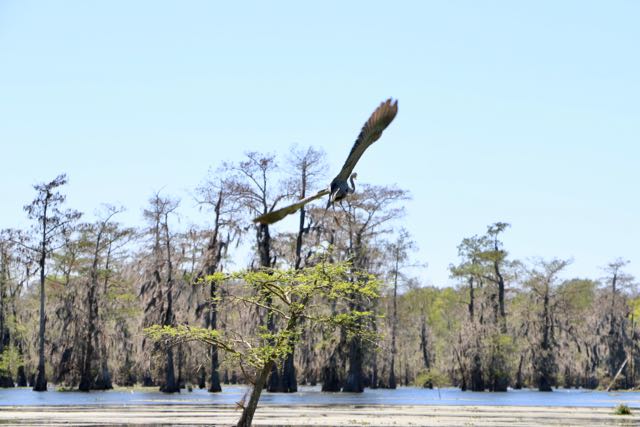
Liftoff!
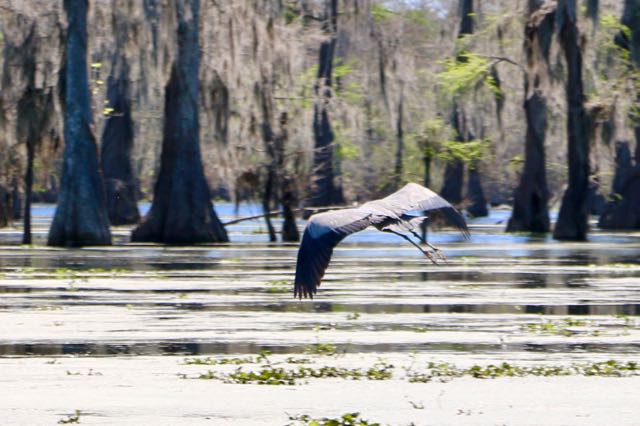
Off he goes…
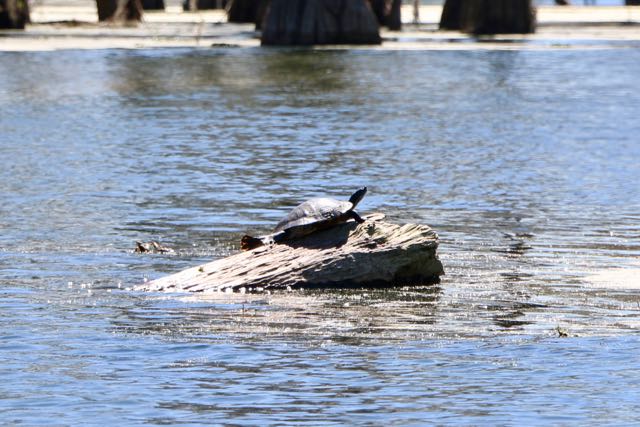
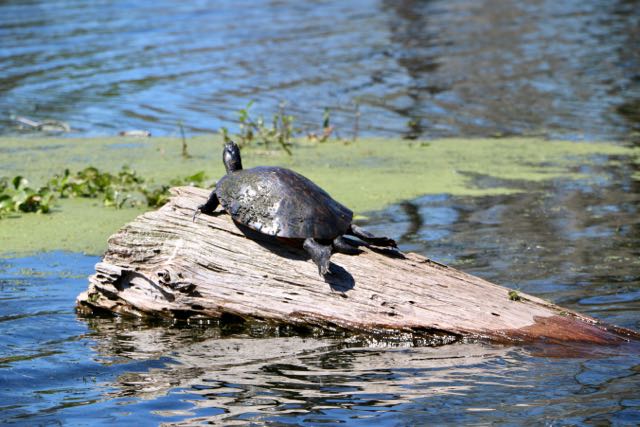
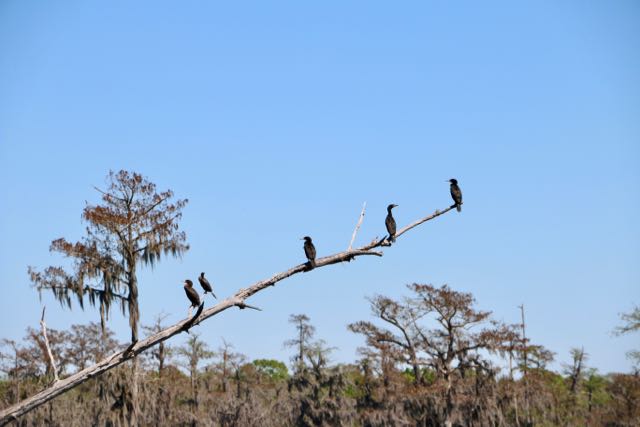
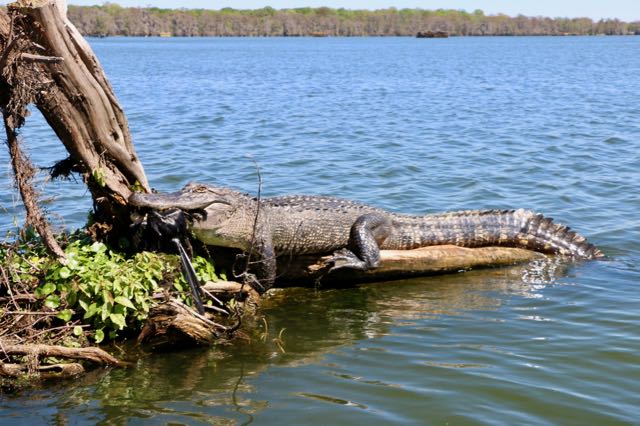
Is that?! What the?!
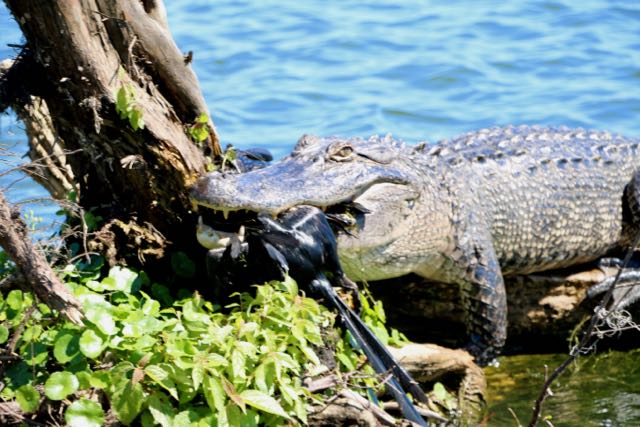
Gators have to eat, too.
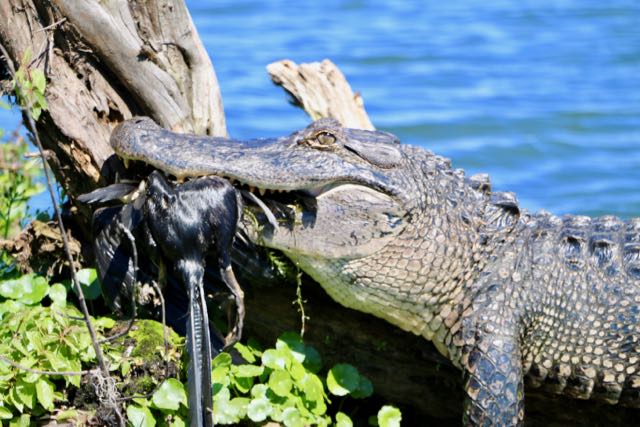
It’s an eat, or be eaten, world out here.
Our guide told us the photo above is a once in a lifetime shot, and as the gator was coming off the period of not eating during the wintertime, his body is not yet able to process the food/bird, and his throat will remain constricted until the body can digest the bird , then the throat will open up enough to swallow the bird. He could hold the bird in his mouth for several days, waiting for the body to get ready to digest it!! Yikes!
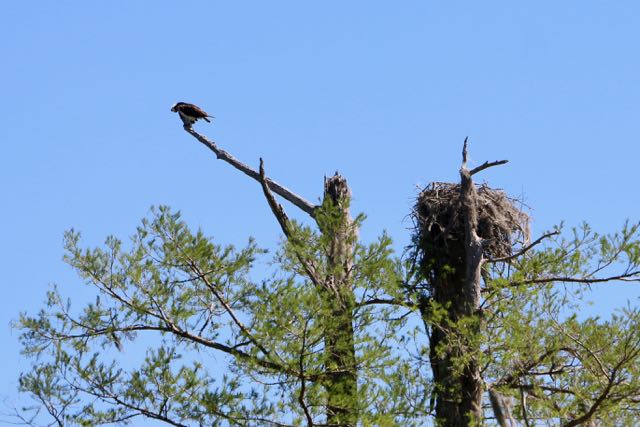
A nest in the rookery.
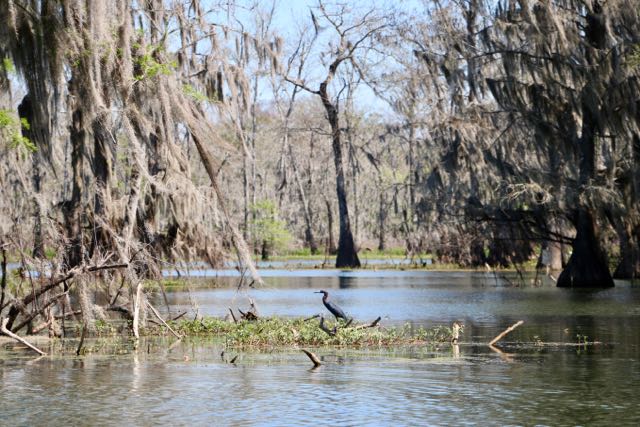
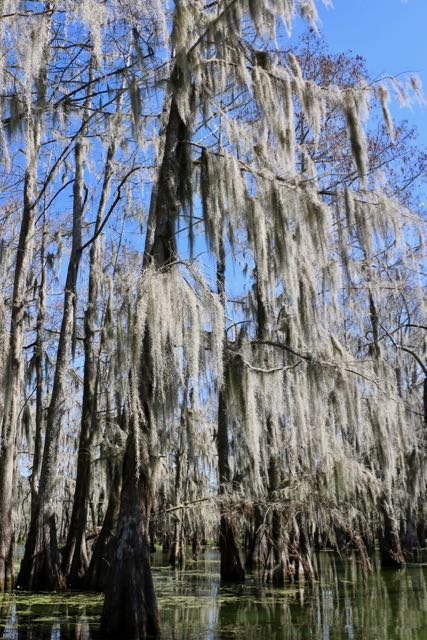
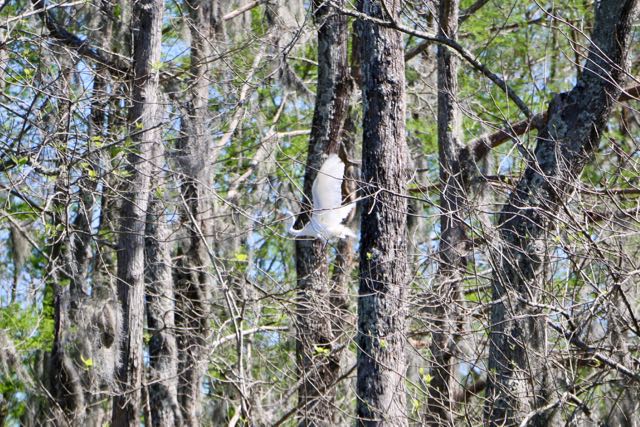
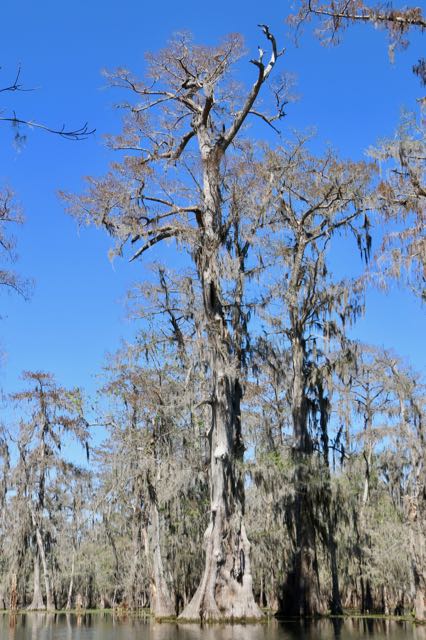
The oldest cypress tree in the swamp, estimated to be apx. 350 years old.
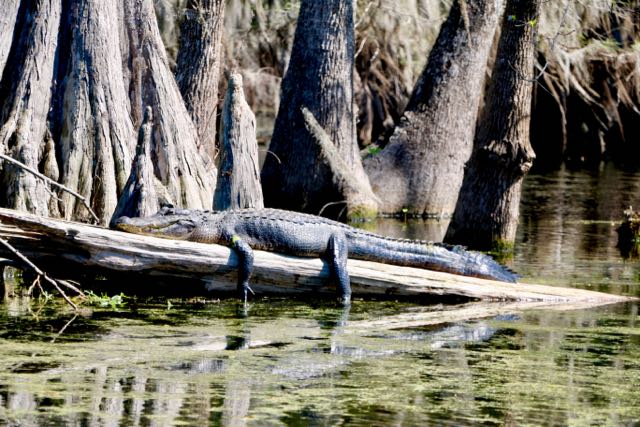
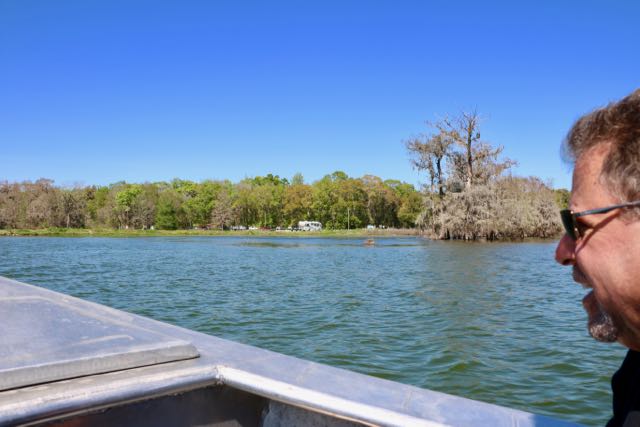
Heading back to shore – our RV in the distance.
Another bucket list item… Check!
